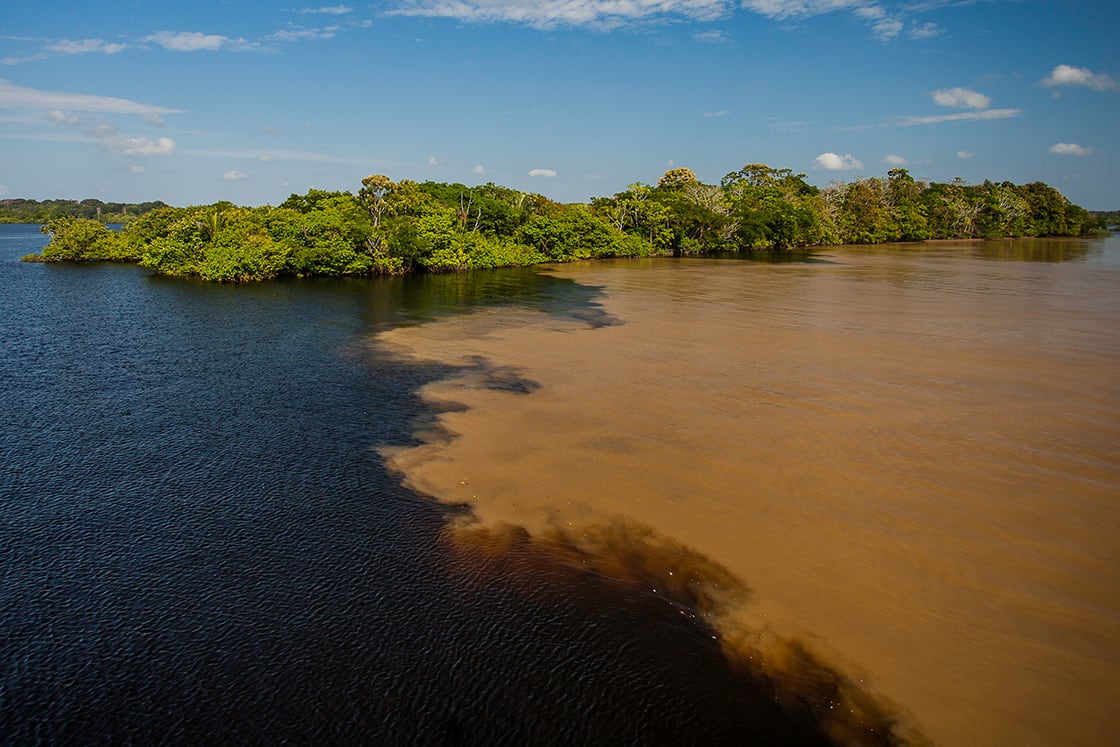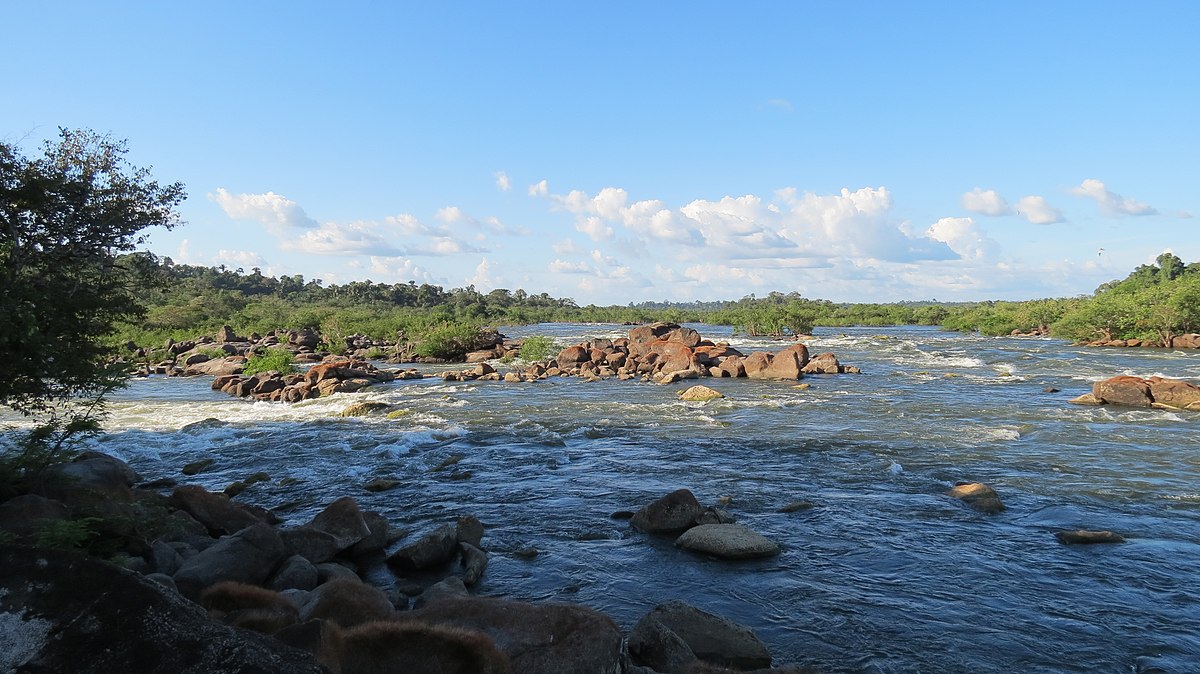I use a combination of tools:True; but it is hard to find the exact habitat and co-enhabitants. I did a search with @Mazan a while ago - they had a list of fishes from the same general area - well a link to a list - but finding exactly what co-exist is very difficult - well difficult for myself.
Databases:
Seriouslyfish, Wikipedia (mainly for ranges), fishbase (also for ranges), Tom's homepage
for water parameters:
Water values South America (Map pH) - Südamerikafans
The water values have an essential role for fishes and plants in the water. Do you know the values of the waters of South America?
and of course good old google maps to find proper locations
My train of thought is
Step 1: What type of habitat do they live in? In this case - P. leopoldi obviously do not occur in the big main river channel but in smaller tributaries. Due to its shape the fish is a sitting duck for the current and predators in the main river, but also likely rather slow moving backwaters, lagoons and morichales, surely flooded forest areas aswell.
Step 2: Cross-checking sources (seriouslyfish, wikipedia, etc) if I got the habitat type right.
Step 3: What is the range? As said above: Of note: There are mostly clear- and blackwater rivers and creeks in that area.
Step 4: Cross-checking the water parameter map in that general area to make sure my info is correct.
Step 5: Getting a list of fish from the general area.
Step 6: Rule out all fish that could prey on my fish of choice, live in the area but other habitat types (cross-referencing with above sources.) and are very likely not available in the trade.
That leaves me with a list of usually 10-15 species that fit the bill. Often such species as N. eques which has an enormous range from Peru to the Atlantic coast are also always an option.
The catfish should not bother, the Biotodoma also. The P. leopoldi are the only ones I'm not sure about. If those should be breeding at some point every fish that is not a floor-hugging bottomdweller is a fair target.I know the other fishes i selected are very tolerant of clear/white water conditions but not sure if they will bully the smaller a. p.
I'd be gathering a lot of dry twigs to hang in the tank from above. You'll need a lot of structure in the upper regions of that tank.Seriously fish indicate a ppm of 0 to 108 for the p. l. so i hope 60-80 is a good middle ground. Also in scapeing the front 2 feet middle will be open the later 2 feet quite a bit of drift wood and the the plan is 1 foot in both sides with plants leaving the middle 2 feet square open for the Biotodoma wavrini; my hope is that while the p. l. prefer denser plants they will hang higher than the a.p.
Let's face it: Truest to blackwater conditions are hard to recreate in the aquarium. You will need a good RO-unit with a DI-stage, and your only option to add humic substances in sufficiently high amounts for lowering pH without raising conductivity is a peat-cannon (30-50cm long, 10cm wide, PVC pipe densly packed with peat used like a coffee drip filter). Plus adding a good amount of peat and botanicals to the tank/filter directly. Otherwise only the higher ranges of blackwater parameters are feasable.Tom's article on a. p. is here:
Welcome to Toms Homepage -
The one he found were in very hard water; but he kept them in softer but not blackwtaer condition.
There are locations where the species occurs in clearwater, and probably also some where they occure in blackwater or a mixed-type. So the species should be able to withstand these conditions.


